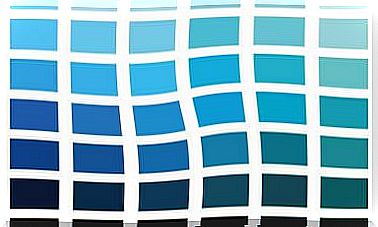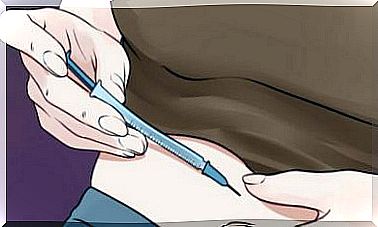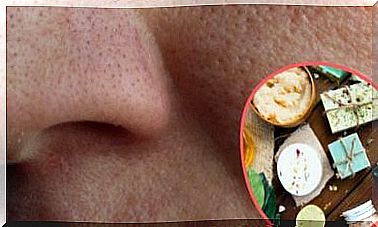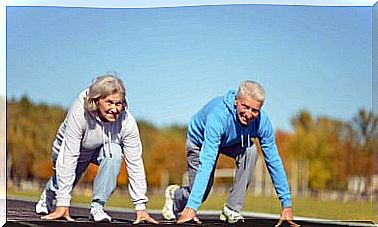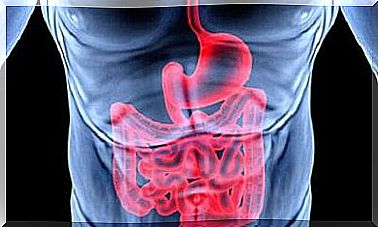What Is Lithotripsy?

Lithotripsy is a common procedure. It is one of the therapeutic treatment options for kidney stones. Kidney stones are hard, deposits of minerals and salts that form inside the kidneys.
The problem is that when these stones move through the urinary tract, they cause a lot of pain. Kidney stones are also associated with urinary tract obstruction. Lithotripsy is intended for breaking down kidney stones into a smaller form.
The idea is that the procedure will make it easier for kidney stones to leave the body. There are various ways to perform this procedure, but it is good to know a few things before taking it. In this article, we will tell you everything essential about lithotripsy.
How does lithotripsy work?
As already mentioned, lithotripsy is a medical method used to treat kidney stones. As this article from the Serrate & Ribal Institute of Urology explains, the word comes from Greece and Latin. Lithos means “stone” and terere means “crush”.
Kidney stones are a fairly common problem. For this reason, lithotripsy has become a very useful and widely used technique. It consists of breaking down kidney stones, either in the kidneys or along the urinary tract, to make them easier to clear.
For this purpose, shock waves or lasers are used outside the body and non-invasively. In the case of shock waves, the device used is called a lithotripter. The procedure is painless and does not require patient preparation.
The procedure is usually so easy that it is performed in an outpatient setting and without anesthesia. Other complementary tests, such as ultrasound and X-ray, are used to find the exact location of the stones.
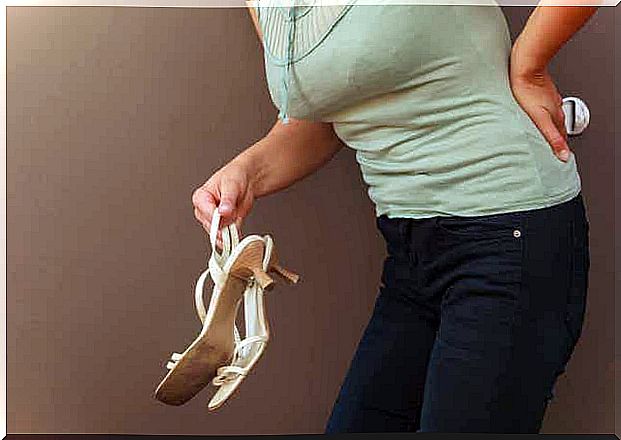
Different types of lithotripsy
Lithotripsy is different. The two main types are extracorporeal shock wave lithotripsy (ESWL) and laser light lolithotripsy (FURSL).
Both techniques help break up stones. However, it is important to know which one is better for the health of that patient. The number and type of stones also matter when considering the right form of treatment.
Extracorporeal lithotripsy: shock waves
The extracorporeal shock wave lithotripsy, as the name implies, uses shock waves to break up stones. The machine is a lithotripter. It is responsible for directing the waves to the point where the kidney stones are located.
These waves only affect the rocks. In other words, they do not damage the skin, muscles or other tissue. The procedure takes about an hour.
Laser photolithotripsy
In laser lithotripsy, a small flexible tube, called an endoscope, is passed through the urinary tract. At the end of the endoscope is a camera that allows doctors to see the inside of the urinary tract.
When a kidney stone or stones are found, a laser is used to break it down. This technique is faster than shock wave lithotripsy, and only takes half an hour.
However, the instruments used may cause more discomfort to the patient. As in the previous procedure, the patient will be able to go home on the same day.
How effective is lithotrips?
Lithotripsy is a commonly used method of treatment because it is considered safe and effective. According to a study published in our own Medical Journal , the success rate is about 88% of urethral cases. In kidney stones, the percentage is somewhat lower, but also very high (74%).
In addition, very few have complications such as urinary tract infections. An article by the National Kidney Foundation states that 70-90% of people treated for lithotripsy will be stone-free in the coming months.
In some cases, the pieces of stone may still be too large to pass through the urinary tract. In these circumstances, your doctor may need to repeat the procedure.
Preparing for the procedure
Before doctors perform lithotripsy, they need to know the patient’s medical history, treatments, and background. In addition, they usually perform a series of complementary tests. The purpose is to try to find the stones and know their dimensions before splitting them.
For this purpose, physicians may perform an intravenous pyelogram. This is a similar test to an X-ray that uses dye to locate stones. They can also order ultrasound scans.
In the days before lithotripsy, the patient must stop taking certain medicines. Anticoagulants in particular because they increase the risk of bleeding.
General anesthesia is not always required. In fact, there are many situations where physicians perform this procedure under local or regional anesthesia in outpatient care. The well-being of some patients is monitored in hospital due to the risk of complications.
What is lithotripsy like?
Both types of lithotripsy contain similarities, but there are also significant differences. In both cases, the patient is usually lying down, with or without anesthesia. The procedure itself is not painful, but the passage of fragments into the urethra can cause discomfort.
Some fragments can cause a blockage in the urinary tract. In these cases, it is necessary to perform urethral endoscopy to remove the blockage. In addition, it is worth mentioning that although bleeding, fever, or infection may occur, they are rare.
The main difference is that in laser lithotriapsis, an endoscope is inserted through the patient’s urinary tract. This can make the patient feel uncomfortable.
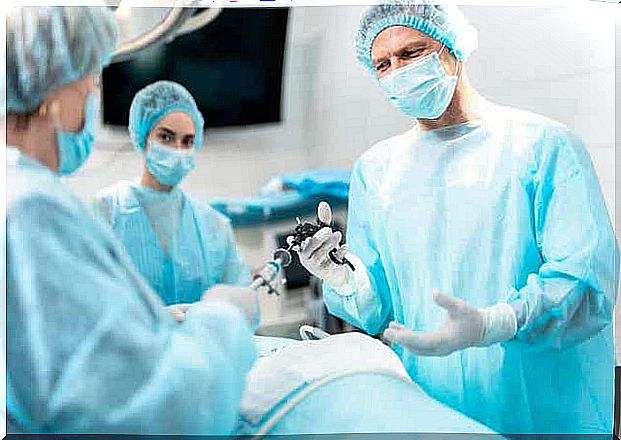
Recovery from the operation
After the procedure, the patient usually needs to rest in the hospital for at least an hour. This time can be extended if anesthesia has been used. It is necessary to check that the person’s vital functions are stable and that there is no risk of complications.
In the following days, if doctors have used extracorporeal shock lolithotripsy, the patient can return to work. Recovery from a laser procedure is slower. This is because the procedure with the endoscope is invasive.
As mentioned above, after the procedure, the patient may feel pain and there may be blood in the urine. Hematomas are also common in areas of the skin where shock waves have been applied. Therefore, it is recommended to rest, take painkillers and consult a doctor if problems occur.
Lifestyle and prevention
The formation of kidney stones can be due to many factors. Certain factors affect their occurrence. Kidney stones are a common problem.
One way that can help reduce their incidence is to drink more fluids, especially water. Likewise, people who often suffer from them should try to change the characteristics of their diet.
For example, doctors recommended eating less animal protein and limiting sodium intake. In any case, the physician will be able to make individual recommendations based on the patient’s condition and the causes of the stones.
